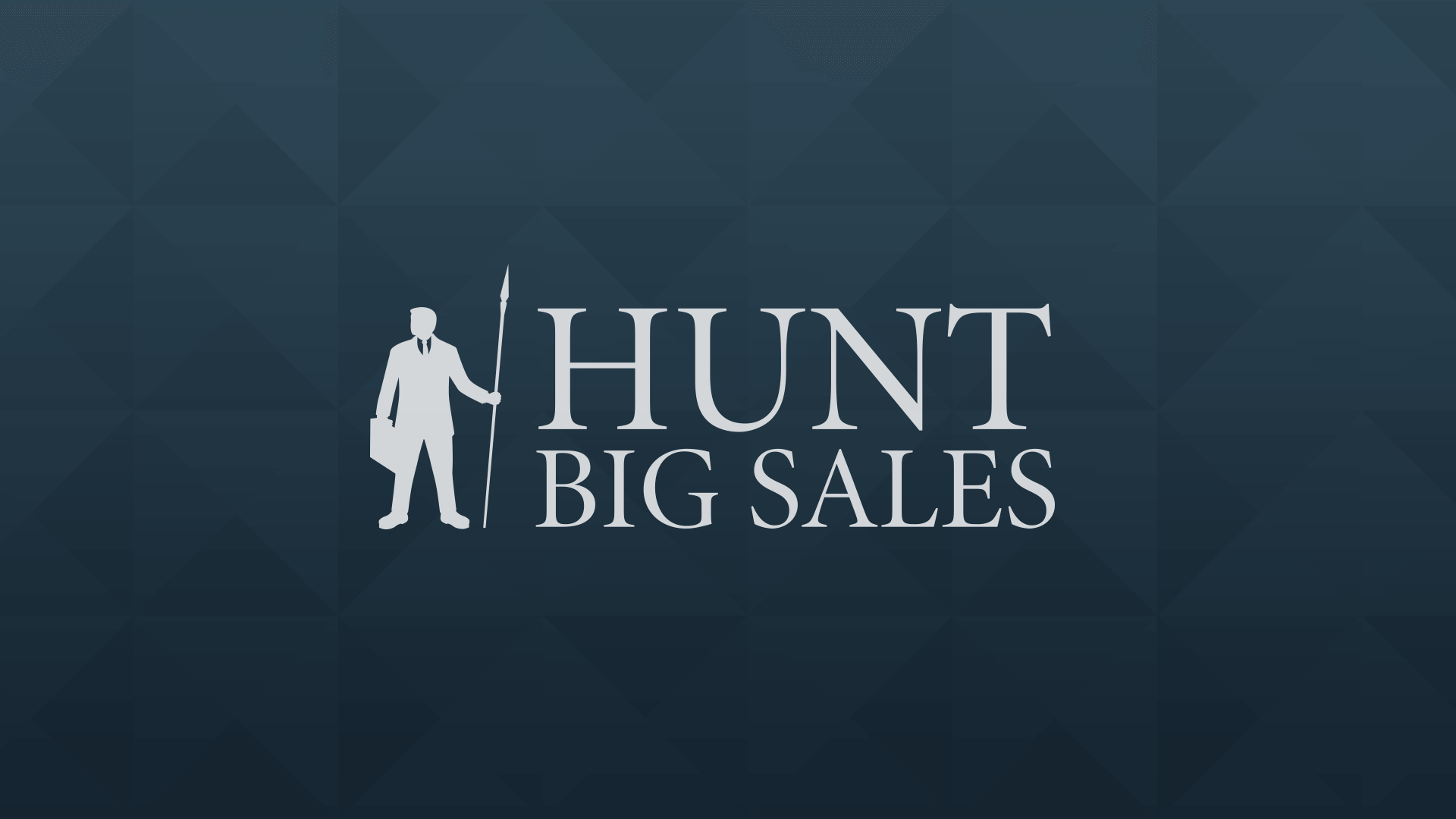With the help of the TAS Group, Dave Stein and his company ES Research Group just completed a very interesting study–“The New Social Media: Do They Enable B2B Selling?”–which measures the top social media tools’ effectiveness in B2B selling. You can take a look at the key findings at www.esresearch.com/socialmedia (the executive summary is available here). The survey was filled out by nearly 400 sales professionals in the U.S.
For the lazy or only mildly interested, here is where they ranked in order of effectiveness:
- Hoover’s/OneSource is the most helpful in winning B2B Sales at 54%, although 61% of those surveyed used it
- LinkedIn is more widely used than other social media platforms, with 86% of those surveyed using it, but it helped in winning sales for 42% of those surveyed
- Twitter is being used by almost a third of those surveyed (31%), but is only producing results for 13% (more thoughts on this later)
- Plaxo and Facebook are being used by about half of those surveyed (50% and 48% respectively), who claim be to similar traction as with Twitter – (13% and 15% respectively)
The report’s conclusions were…
- LinkedIn is the favorite and most-used
- Twitter is an anomaly, too new to fully gauge, possibly it will be limited to specific industries as an effective sales tool
- Facebook is for family and friends
- Fee-based services like Hoover’s and OneSource are very strong in their following and utility
I think that there may be some opportunities for social media to improve its performance—or more accurately—for sales organizations to improve the effectiveness of social media tools in their sales efforts.
Because I’m working on a book about incorporating social media into an overall sales process (rather than relying on it as substitution for a sales process), I have some quick suggestions top-of-mind for your consideration:
- Develop a strategy for your company: MORE is not a strategy. As Steve Hershberger from ComBlu discussed in my interview with him, (listen to the podcast at www.huntbigsales.com/podcasts), you have to decide who you want to connect with and what is valuable to both of you in the connection. From LinkedIn, you get market research, personnel profiling, organizational chart information on prospects and connecting help. Twitter creates a dialogue between people that can enhance their relationship. Much of the Social Media writing out there really focuses on attracting more connections, rather than developing a strategy for maximizing them once you have them.
- Build your community: Social media is about building a network of like-minded, or at least issue-interested people. The tools provide speed, convenience and frequency for communicating and sharing. If you are establishing a large client relationship, the question for social media should be “How can I use these tools to enhance the community that is established between the two companies in this new business relationship?”
- Measure your efforts: Traditional broadcast advertising has taken a pounding over time because of its formality and inability to produce a two-way dialogue. It’s very difficult to take the idea of impressions and, with credibility, link it to revenue. Alternative media’s cry has been measurement and so it will be with social media: “Show me how my investments in these tools are paying off.” As I go around the country and speak with CEOs, their great fear is lack of productivity out of their people because their people are “…playing on the computer with this social media crap…” You have to establish measures of the value of the investment beyond the number of connections/followers and the end sales. In between those two bookends are qualitative and quantitative measures of value that each company needs to define as a part of its strategy. (I will provide a detailed list of these measurements in a near-future post.)
As we work with clients here at Hunt Big Sales, we believe that some of the great tools to use in developing fibrous relationships with prospects, clients and influencers can be found in social media. But they’re relatively new in comparison to more traditional sales methods and resources, so we are still exploring their full value. I think that this survey shows amazing impact – including the speed of adoption, penetration and utility. We are still in the very early stages and there is more to come.
